Project Tools and Workflows
The Deiphira Project was conceived and undertaken during the global pandemic of 2020-2021. As such, this born-digital initiative both created and relied upon computer-based tools as well as new scholarly workflows and communicative practices. This essay outlines the human and machine-based strategies used to create the project’s scholarly outcomes, including
- accessing images of the manuscript housed at Harvard library;
- recruiting and maintaining a working group,
- producing an online project featuring an edition, translation, and several born-digital studies of this particular version of Alberti’s text.
This essay will begin with an outline of the computer-based tools used in the project, and conclude with some reflections on team building, cooperation, and outcomes.
Computer-based tools
The Deiphira Project team relied a suite of computer-based tools to complete its work.
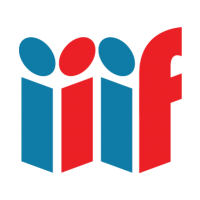
Our project began with the digitized version of the manuscript from Harvard, which was made available to us in the International Image Interoperability Framework (IIIF). IIIF allows access the manuscript images without downloading them to our local computers. We were then able to load them seamlessly into a platform called FromThePage, which facilitates collaborative transcription on a single manuscript.

We created a WordPress site where all the participants could gather virtually, and where we posted links to the transcription portal, to secondary research, to the central google doc we used for collaborative translation, and any other news or materials to which we wanted easy access.
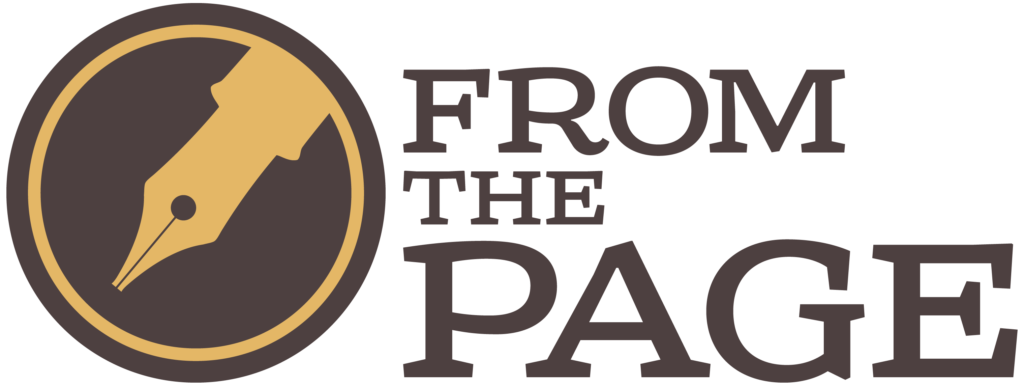
Once we had finished our transcription, we created a communal google doc of the Italian text, and collaboratively translated it into English in our weekly meetings using the translation feature on FromThePage. We often had seven people working together, offering comments, consulting earlier versions, and parsing through the sometimes difficult source material to translate it into English.
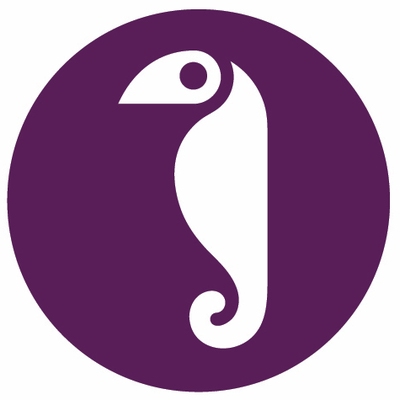
When we completed the English translation, reviewed it, and added footnotes and clarifications, we exported the text and image files and prepared two versions of the edition: an image-oriented version, and a text-oriented version. The image-oriented edition, built in a program called Digital Mappa, puts the manuscript at center stage, and features a manuscript description, collation diagrams (using a tool called VisColl), and page images that can be annotated to highlight the specific paleographic characteristics that we came across in our work, including punctuation, numbering, and marginalia. We call this version a Digital Deiphira.
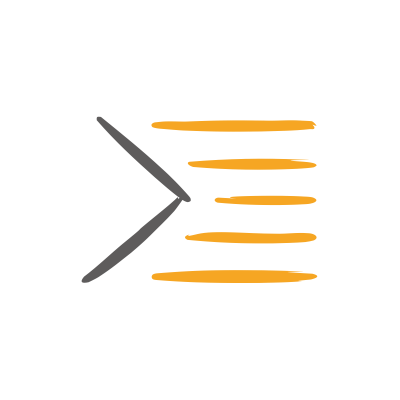
The TEI-Publisher edition we created puts the text first. Here you can see a clean version of the text found in the manuscript on the left, and the current version of our translation on the right, but with just a snippet of the manuscript image in the center for reference. In this version, we will be able to incorporate footnotes, commentary in hover-over pop-up boxes, indicate where we had to interpolate from the printed edition, indicate when and where we expanded abbreviations, and provide a clean version of our English translation. We call this the Online Edition.
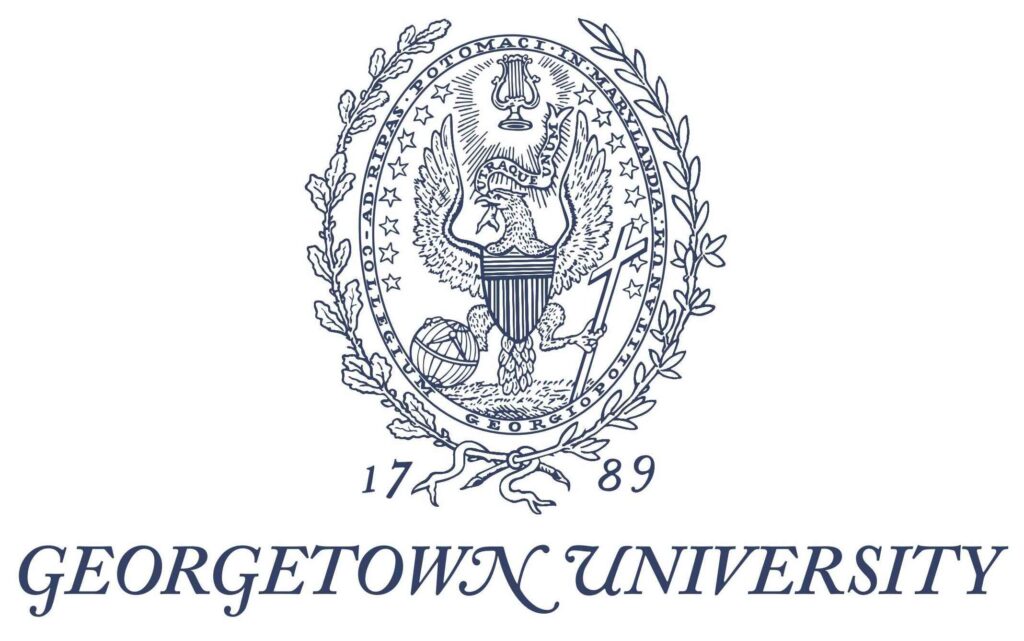
As our work came to an end, these two differently-oriented editions, along with our born-digital studies on various aspects of the manuscript, text, and tradition, were placed here on a different WordPress site, engineered for presentation of our work and hosted at Georgetown University under the auspices of the Department of Italian.
Scholarly workflows and communication strategies
The second and of most important element is the community of willing scholars who came together to work on the project, bringing with them their enthusiasm, dedication, knowledge, and good humor. Below is a short summary of how we organized the people power for this COVID-era project.
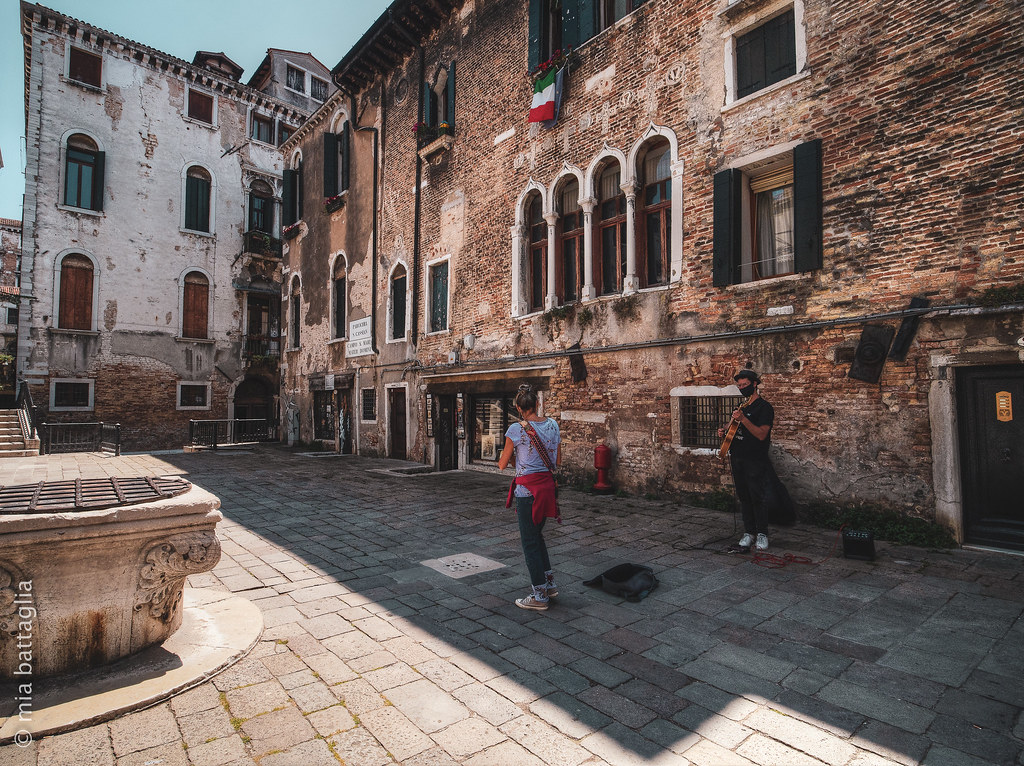
The impetus for the project was largely selfish; as the grip of lockdown tightened in April of 2020, many of us felt isolated and looked for new ways to connect with other scholars, to continue to research and and share our expertise.
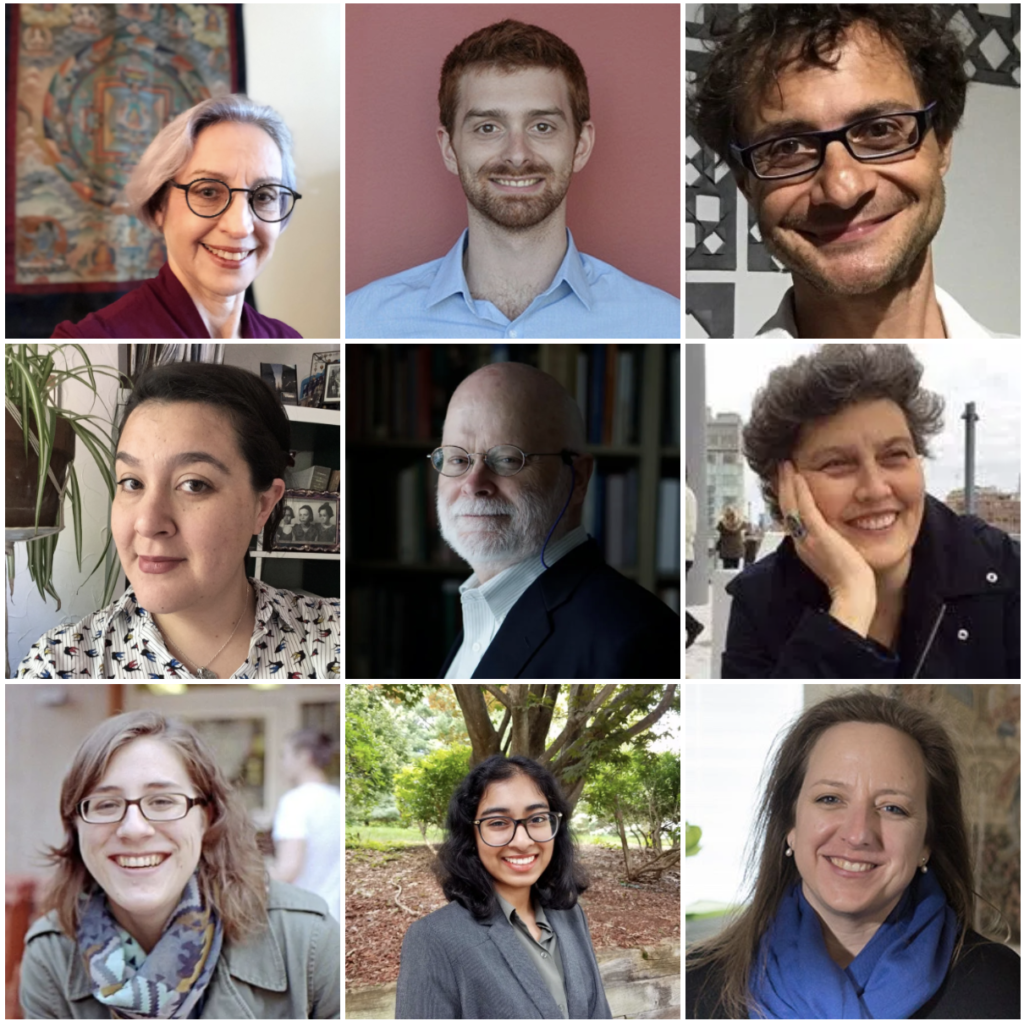
The idea for putting together a project was first begun in a conversation between William Stoneman, Laura Morreale, and Susanna Barsella. Once we identified the Deiphira manuscript as a viable subject of study, we reached out to our networks to recruit fellow scholars to transcribe and translate the text. The assembled team is diverse in terms of disciplinary training, professional status, interests and expertise, which means that what one team member lacks in knowledge is often answered by another of our teammates. This diversity is one of our greatest strengths: we all learn new things through such a collaborative approach, and the combination of expertise ultimately improved the quality of our final product.
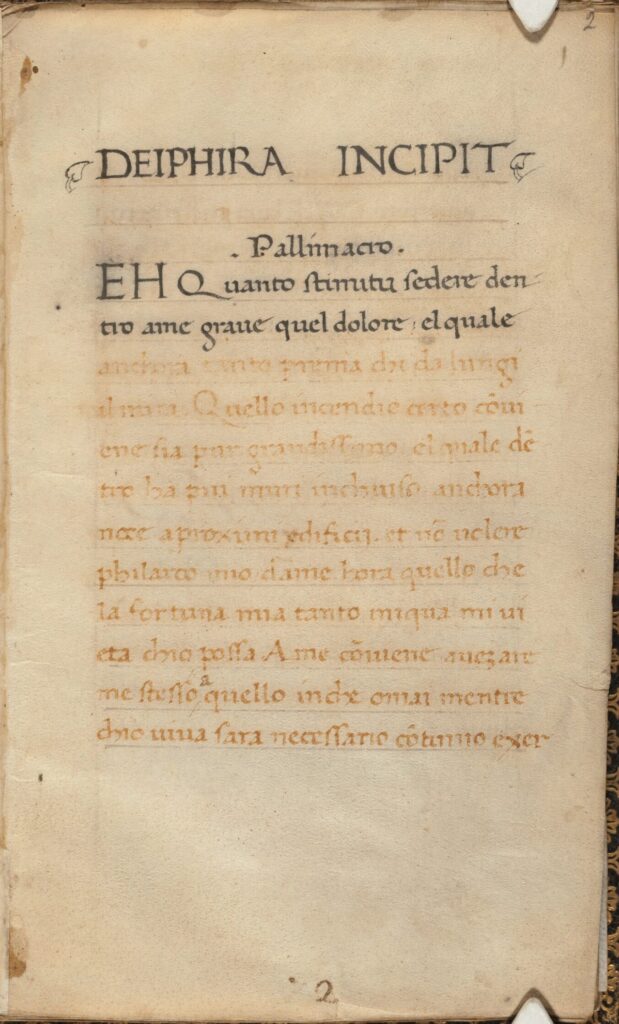
During the project’s work-phase, the team met twice a week on Zoom, for an hour each time.
Our first task was to analyze both the manuscript and the unique version of the text found in it, and then to produce a transcription of that text. Together we determined the transcription standards we wished to apply, considering how our transcription might ultimately sit alongside the digital facsimile of the manuscript copy. As a result, we also produced a rigorous transcription statement and a thorough manuscript description that relies solely upon our digital interactions with the text.
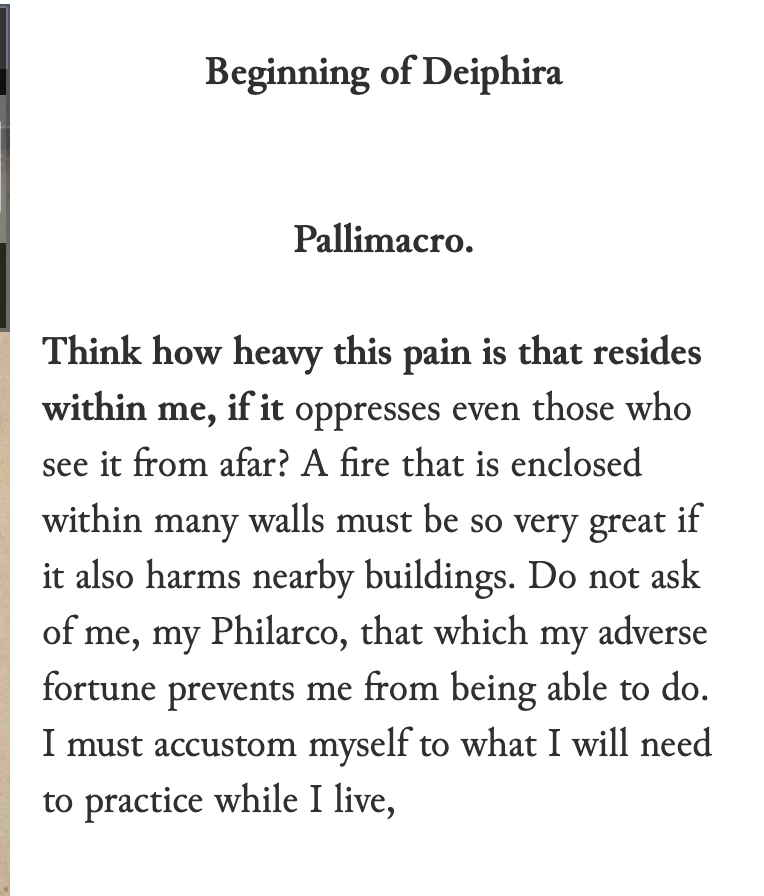
Creating a collaborative English-language translation was a far a more creative and interactive process than one might expect. The born-digital studies we created to accompany the text and translation helped in both our transcription efforts and in completing the English-language version.
Project cataloguing
This project will also be fully documented at catalogued at Georgetown University’s digital repository. The documentation package will includes a narrative of the project tools and workflows, all the data created during the project’s active phase, an exported version of the static pages and a web-recording of this website.
We are proud to bring all of these scholarly products together in one place, to allow users to explore the text from many different angles, to highlight what was created as a digital community of scholars over the course of the year, and to incorporate the multiple sets of skills and expertise each team member brought to the effort.
Recommended citation:
Morreale, Laura K. “Project Tools and Workflows.” A Transcription and Translation of Leon Battista Alberti’s Deiphira, Houghton MS Typ. 422. Georgetown University, September 22, 2021.